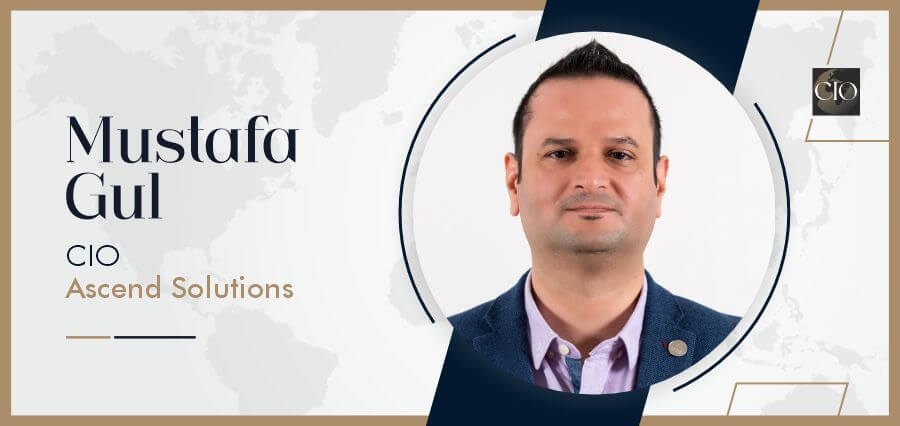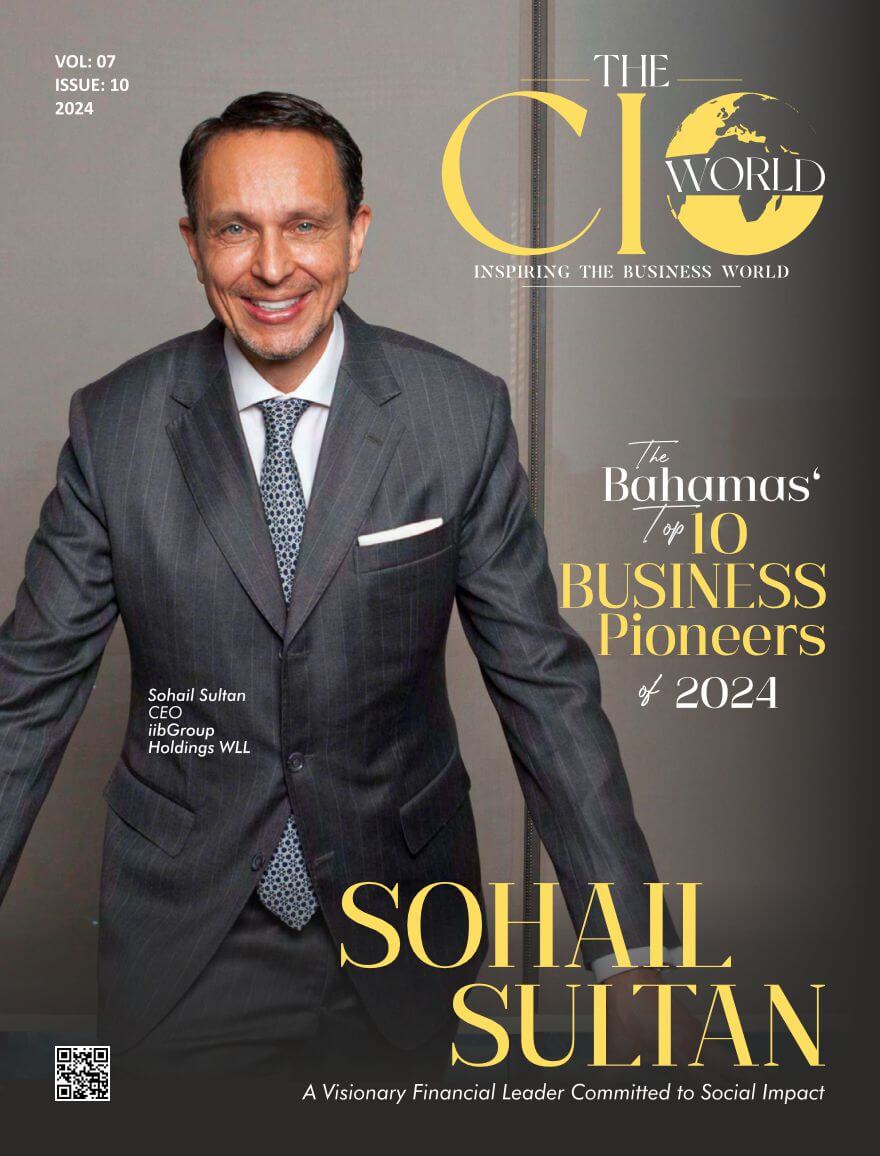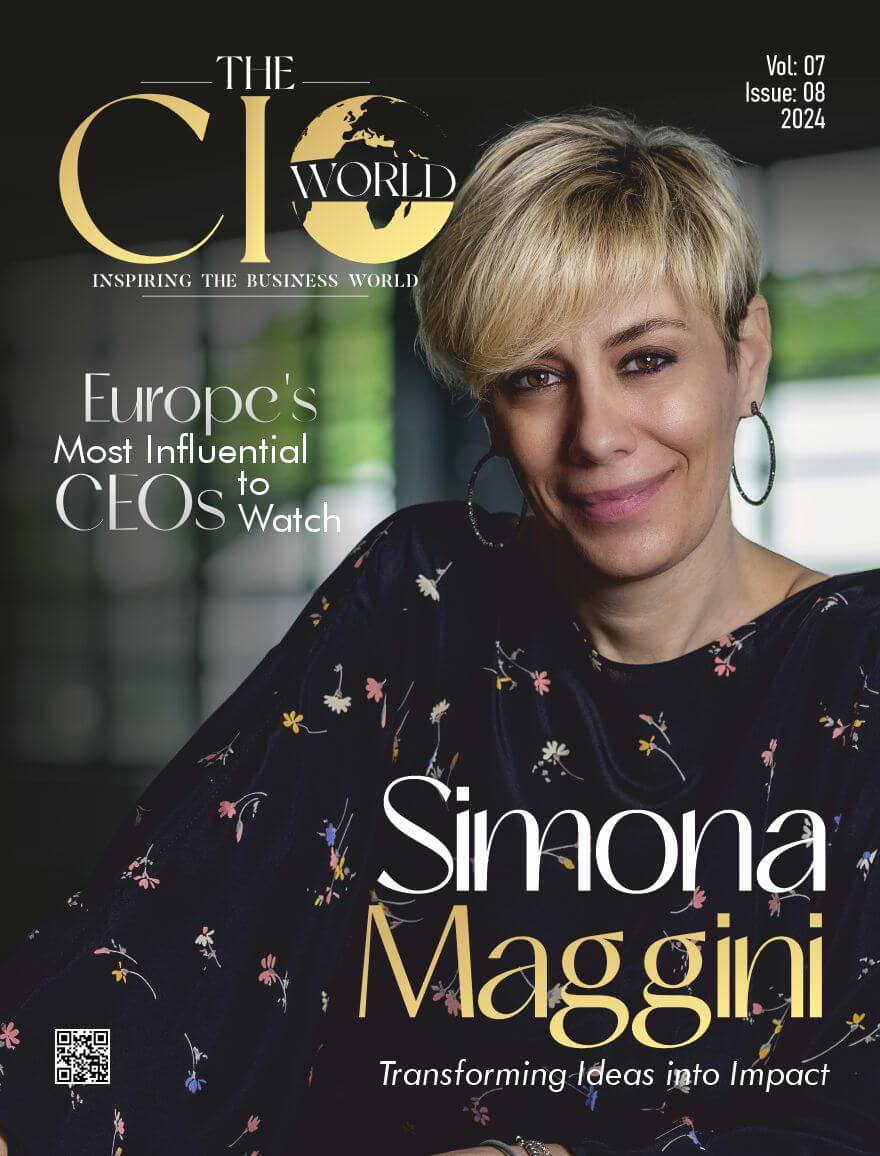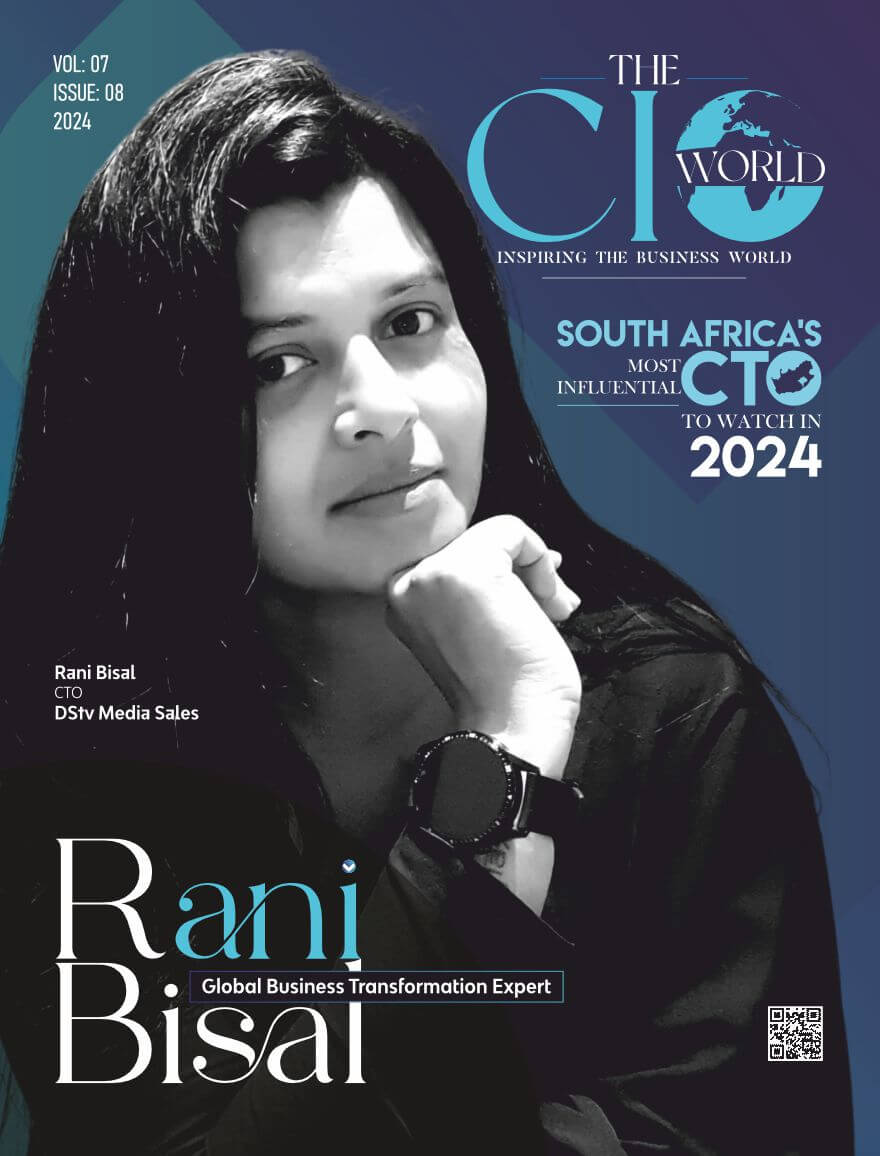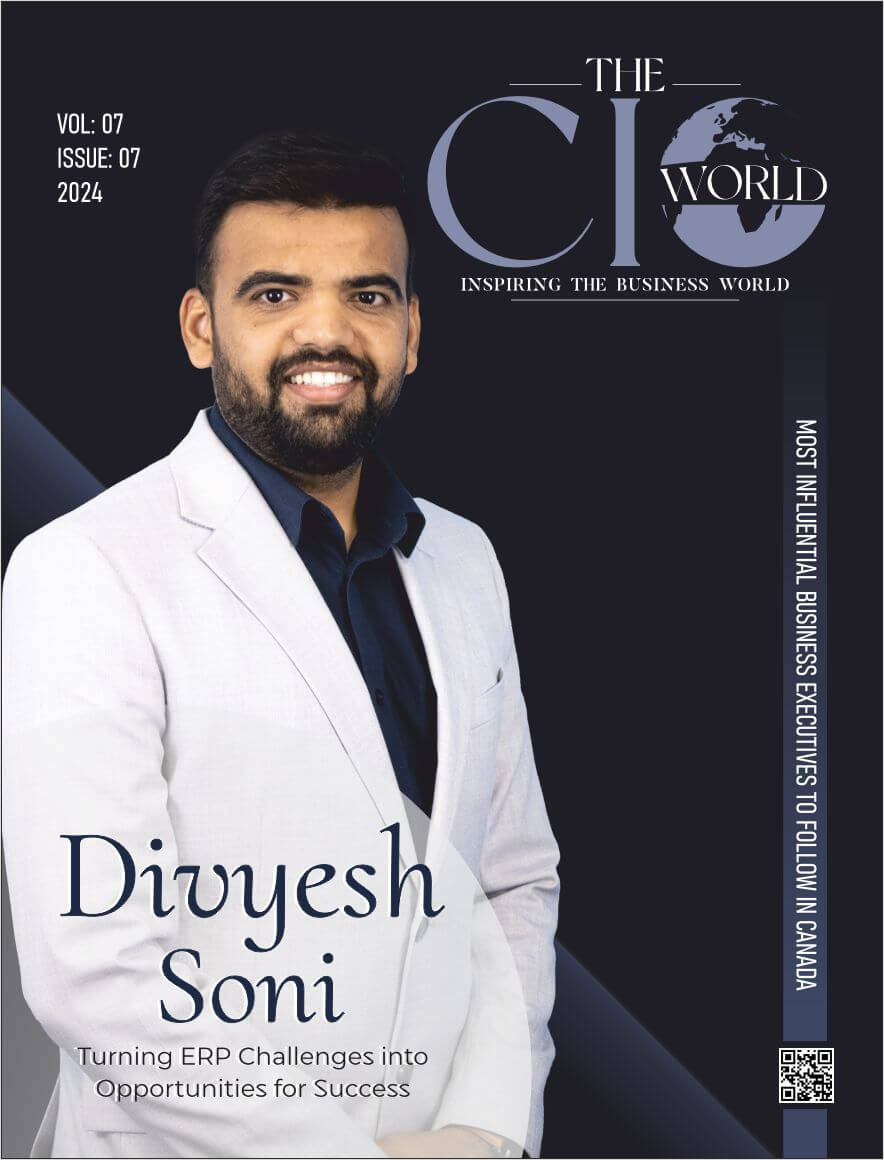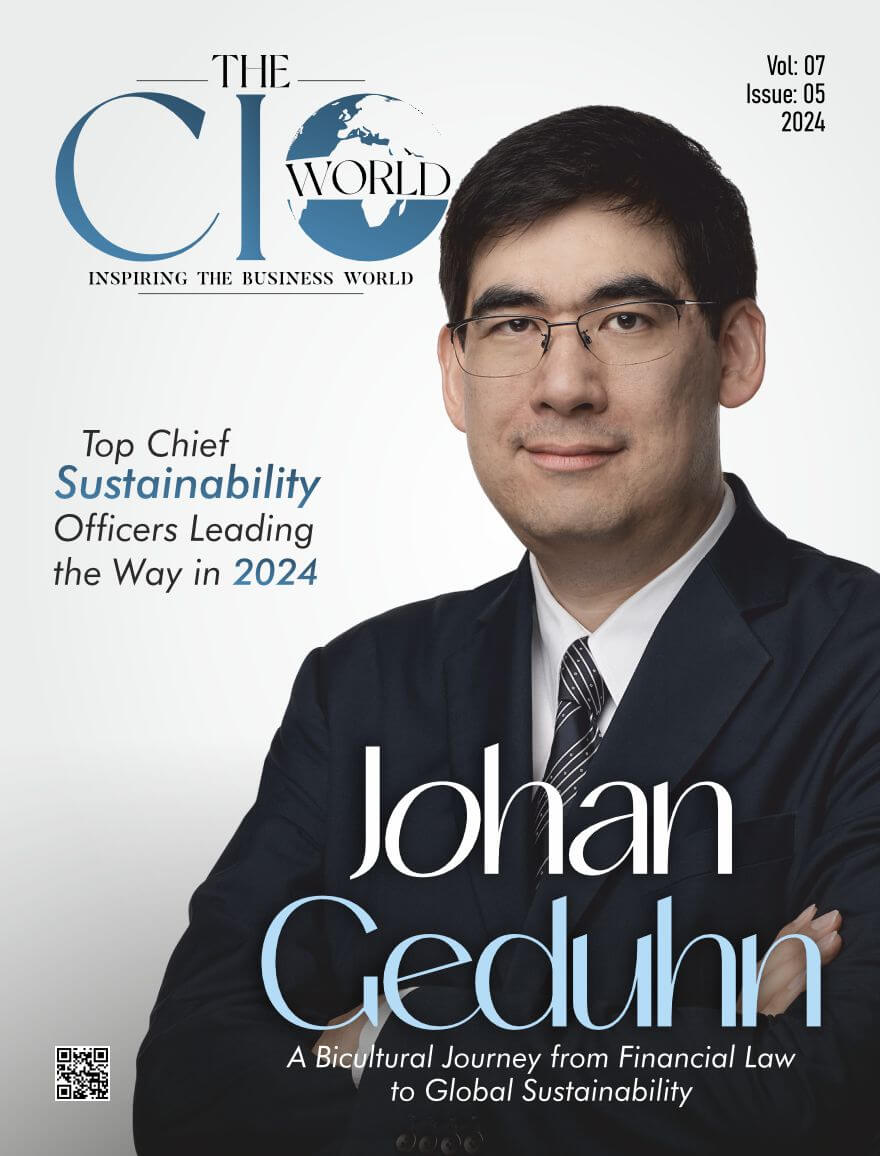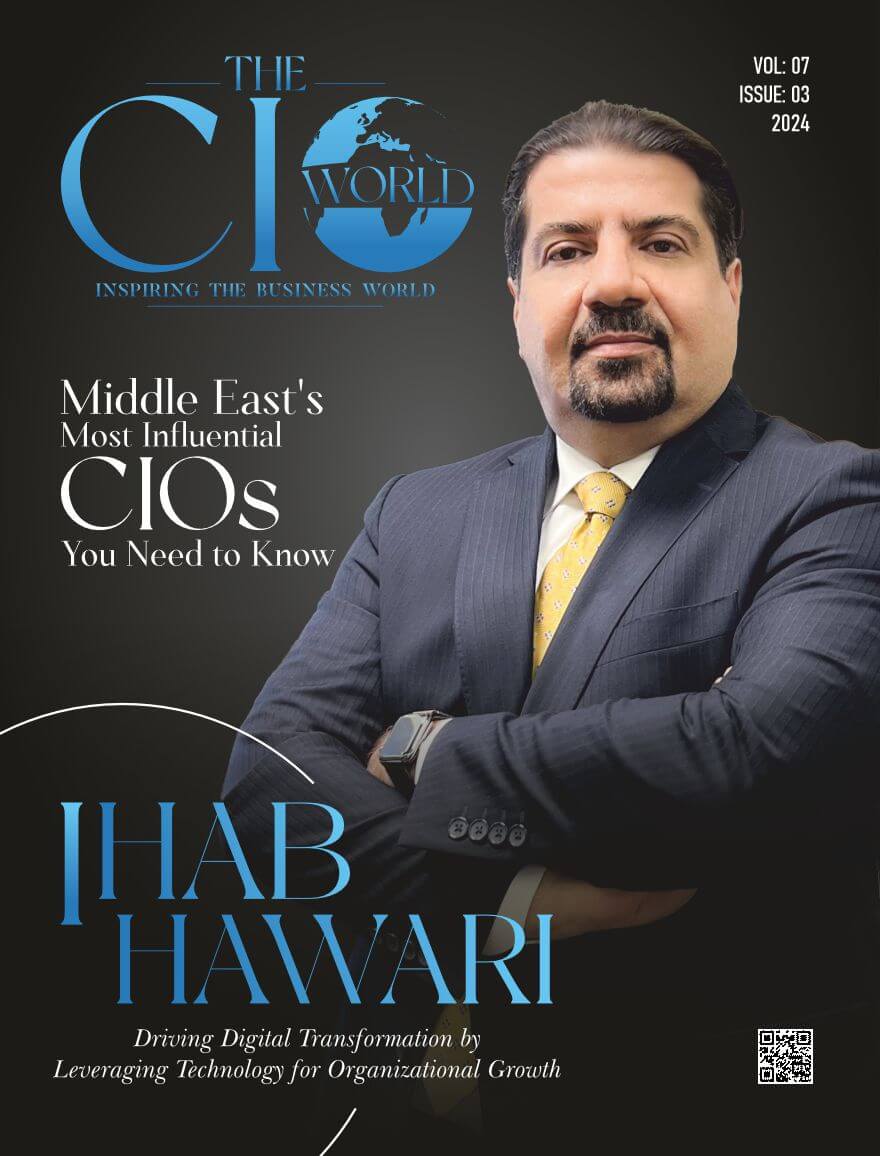In increasingly crowded markets where competition is on the horizon, developing innovative products and technologies is essential for attaining competitive distinction. Organizations are constantly trying to identify areas for differentiation by developing innovative solutions and bringing new products to market that give them an essential competitive edge in the market.
Meet Mustafa Gul, the Chief Innovation Officer at Ascend Solutions, whose journey epitomizes the transformative power of curiosity and creativity.
Fervently passionate about innovation, he set out on his professional journey with a firm commitment to solve complex problems. In his capacity as a CIO and Product Incubation Leader, he conducts a symphony of ideas, fusing vision and inventiveness to foster new ideas and products.
His story serves as a monument to the powerful effects of persistent curiosity. A story of tenacity and an unrelenting quest to push the envelope of possibilities runs through it. He ignites the spark of creativity in every nook and cranny of the company by leading by example in a climate that supports innovation.
At the heart of Mustafa’s mission lies the steadfast belief in the power of innovation to shape the world for the better. He envisions a future where groundbreaking ideas pave the way for transformative change, revolutionizing industries and reshaping paradigms.
In his role as Chief Innovation Officer, he personifies the spirit of exploration and learning, encouraging people to see curiosity as a motivating factor for advancement. Aspiring innovators might find optimism in his journey, which serves as a reminder that the quest for invention starts with the question “What if?”
During our conversation with him, we had the opportunity to learn a few strategies to thrive in the constantly changing business landscape.
Below are the highlights from our interview!
Can you please brief us about your company and its inception story?
Ascend is an integrated solutions provider, an innovative and agile company with an ambitious vision reinforced by leading global and local partners. We work with our clients to solve their day-to-day challenges by delivering best-in-class solutions. We deliver complex solutions and commercial structures in the Saudi healthcare and non-healthcare market, powered by a culture of entrepreneurship and creativity.
- Resource Control Centers (RCC): The MOH National Healthcare Command Center (NHCC) was established in 2019 in Riyadh as a central hub for collating and visualizing data and insights.
- The COVID-19 Vaccination PMO Program: It was developed during the COVID-19 pandemic to administer vaccines while avoiding waste and maintaining a high level of patient experience.
- Seha Virtual Hospital (SVH): Implementation of a virtual care, operations, and change management program, and further development of Hospital at Home use case.
- NPHIES Onboarding CM Program: The Council of Health Insurance (CHI) and the National Centre for Health Information (NHIC) under the auspices of the Ministry of Health (MOH),
- National Health Command Center: The MOH National Healthcare Command Center (NHCC) was established in 2019 in Riyadh as a central hub for collating and visualizing data and insights utilizing
As a CIO, how would you approach aligning our technology strategies with our business objectives to drive growth and efficiency?
In today’s fast-paced business environment, agility and adaptability are key. It’s very important to ensure that technology strategies are flexible enough to accommodate evolving business needs and market dynamics, allowing the organization to pivot quickly in response to changing circumstances. By taking a strategic, collaborative, and adaptive approach to aligning technology strategies with business objectives, I believe we can drive sustainable growth and efficiency while positioning the organization for long-term success in a rapidly evolving digital landscape.
In your opinion, what emerging technologies do you believe will have the most significant impact on our industry, and how would you integrate them into our existing infrastructure?
From my prospective AI and ML technologies have the potential to revolutionize various aspects of our industry, from improving patient care and diagnosis accuracy to optimizing operational efficiency and resource allocation. Integrating AI and ML into our existing infrastructure involves implementing smart algorithms and predictive analytics solutions to automate tasks, enhance decision-making processes, and extract valuable insights from large volumes of data.
By strategically integrating these emerging technologies into our existing infrastructure, we can unlock new opportunities for innovation, improve patient outcomes, and drive operational efficiency in our industry. This requires a holistic approach that prioritizes collaboration, flexibility, and continuous learning to adapt to the evolving digital landscape and leverage the full potential of emerging technologies.
How do you plan to ensure data security and compliance with regulations in our organization, particularly in light of evolving cybersecurity threats?
By taking a proactive and holistic approach to cybersecurity, including compliance with regulatory requirements, implementing best practices, and fostering a culture of security awareness, we can mitigate the risk of cyber threats and safeguard our organization’s data and reputation in an increasingly digital world.
Begin by thoroughly understanding the cybersecurity regulations and guidelines established by the NCA in Saudi Arabia. This involves studying relevant laws, directives, and standards to ensure alignment with our organization’s practices.
It’s important to ensure that sensitive data is protected and encrypted both in transit and at rest. Implement robust encryption protocols and mechanisms to safeguard data integrity and confidentiality, in accordance with NCA regulations and industry best practices.
Can you provide examples of successful IT projects you’ve led in the past and the strategies you employed to ensure they were completed on time and within budget?
In my past experiences, I’ve successfully led numerous projects, ranging from corporate to national-level rollouts. These achievements were facilitated by the implementation of a structured approach known as CECOR – Calibrate, Explore, Create, Organize, and Realize. This methodology proved invaluable in ensuring the success of our projects by emphasizing careful planning, stakeholder engagement, risk management, vendor collaboration, and a commitment to monitoring and continuous improvement. By adhering to CECOR principles, we effectively mitigated risks, addressed challenges, and delivered tangible benefits to the organization, all while staying within allocated budgets and timelines.
Collaboration and communication are crucial aspects of IT leadership. How do you plan to foster collaboration between IT and other departments within our company to enhance overall productivity and innovation?
Encouraging collaboration between IT and other departments and business verticals is crucial for boosting overall productivity and fostering innovation. Recognizing the significance of creating an innovative culture, we’ve implemented several initiatives aimed at empowering employees across the organization to contribute their ideas and insights.
- Recognition Programs
- Spark Idea program
- Training and Development
Given the rapid pace of technological change, how do you stay updated on the latest trends and advancements in the field of information technology, and how would you leverage this knowledge for the benefit of our company?
Staying updated on the latest trends and advancements in the field of information technology is essential for effective IT leadership. I prioritize continuous learning and professional development by regularly attending conferences, seminars, webinars, and workshops related to information technology.
Can you describe a challenging situation you encountered in a previous role as a CIO and how you successfully navigated through it to achieve a positive outcome?
In one of my previous roles as a Sr Director Digital innovation, I was tasked with overseeing the deployment of a new command center for our organization. The command center was intended to serve as a central hub for monitoring and managing various aspects of our operations, including IT systems, security, and emergency response. Integrating diverse systems and technologies into a unified command center platform posed a significant technical challenge. This included integrating data from various sources such as sensors, surveillance cameras, communication systems, and enterprise software.
Despite the initial challenges, the deployment of the command center was ultimately successful. The command center provided our organization with enhanced visibility, real-time monitoring capabilities, and improved decision-making processes. By fostering collaboration, providing comprehensive training, and prioritizing security, we were able to navigate through the challenges and achieve a positive outcome that benefited the entire organization.
What metrics or KPIs do you believe are essential for measuring the effectiveness of our IT initiatives, and how would you ensure that our IT investments deliver tangible results?
To ensure that IT investments deliver tangible results, it’s important to establish clear goals and objectives for each initiative, aligning them with the organization’s strategic priorities.
- In Ascend we primarily focus on cost savings that are achieved through IT initiatives, such as reducing operational expenses, optimizing resource utilization, or automating manual processes. Cost savings can directly impact on the organization’s bottom line and demonstrate the value of IT investments.
- Customer satisfaction metrics are crucial to measure the level of satisfaction among internal or external users of IT services. This can be assessed through surveys, feedback mechanisms, or Net Promoter Score (NPS). Positive customer satisfaction indicates that IT initiatives are meeting user needs and expectations.
- Innovation and agility measure the ability of IT initiatives to drive innovation, adapt to changing market conditions, and enable business agility. This includes metrics such as the number of new products or services launched, the speed of innovation cycles, and the ability to pivot in response to market disruptions.
Cultural fit is essential for success in any leadership role. How would you describe your leadership style, and how do you envision it fitting into the culture of our company?
As a leader, I believe in fostering a collaborative and inclusive environment where every individual feels valued, empowered, and motivated to contribute their best. In Ascend we promote a Leadership style that can be described as a combination of servant leadership, transformational leadership, and situational leadership.
Could you please highlight any awards or recognitions you are honored with?
Throughout my professional journey, I’ve had the honor of receiving nominations for various prestigious awards, including achievement awards, CEO awards, and presidential awards. These nominations stand as a testament to the recognition of my contributions and accomplishments within the company. They not only underscore my personal performance but also underscore the positive influence I’ve had on the organization and its cultural fabric.

